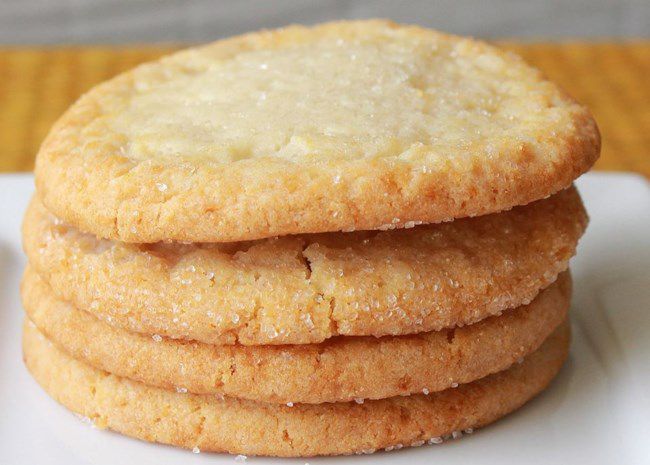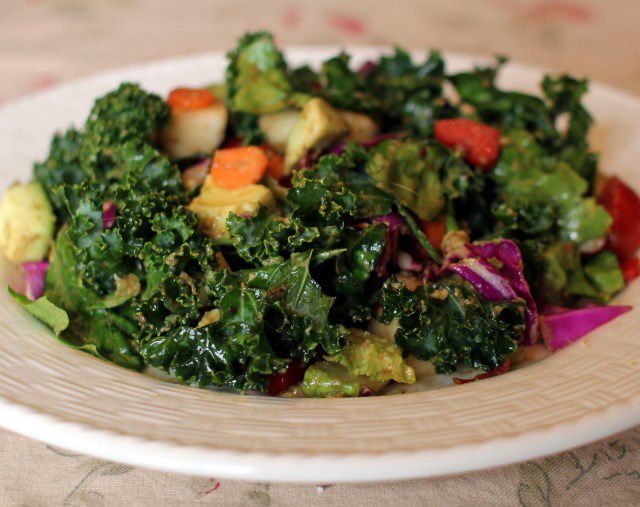Prime rib, also known as standing rib roast, makes a show-stopping centerpiece at any special occasion. Whether roasted or grilled, this rich, full-flavored cut of beef needs little more than salt, pepper, and a few seasonings to be delicious. But what’s the best temperature to cook prime rib?
For optimal flavor and texture, cook prime rib to medium rare or an internal temperature of 130-135 degrees F. Ideally, you want to remove the meat from the oven or grill when the temperature reaches 120-125 degrees F (rare) and let it rest for about 20 to 30 minutes before slicing. This allows the meat to rise a few degrees in temperature to reach your preferred degree of doneness.
At this temperature, the meat is mostly pink with a deeper, nearly red center. Yes, the USDA advises cooking beef to a minimum of 145 degrees F (i.e. well done) to prevent foodborne illness, but let’s face it—a tough, gray steak or roast is straight-up unappealing. Source your meat from a butcher that you trust, however, and you can enjoy a rare or medium rare steak without worry.
I can’t stress this enough. When cooking large cuts of meat such as prime rib, a digital meat thermometer is your best friend. To get an accurate reading, insert the meat thermometer into the thickest part of the meat. For smaller cuts like New York strip steak, you can get away with the touch test, but I don’t recommend using this method for prime rib at all.
Prime Rib Temperature
Use this handy cheat sheet below to know when your meat is perfectly cooked (or when it’s an overcooked mess).
Rare: 120-125 degrees F
Red interior which may fade to pink at the outermost edges
Medium Rare: 130-135 degrees F
Pink with a deeper, nearly red center
Medium: 135-140 degrees F
Mauve, uniformly colored interior
Well-done: 145 degrees F+
Brown, no pink
Regardless of your cooking method, you’ll have the best success cooking a medium rare prime rib if you allow it to come to room temperature beforehand. This helps the meat cook more evenly throughout. In fact, if you’ve ever noticed that your roast or steak is gray on the outside edges and bright red in the center, chances are it was too cold when it hit the skillet, oven, or grill. To cover your bases, remove the meat from the refrigerator at least an hour beforehand.
You probably want some prime rib recipes now, don’t you? Here are a few to try:
- Chef John’s Perfect Prime Rib
- Garlic Prime Rib
- Low and Slow Prime Rib
If you’re thinking prime rib looks difficult, hear me out. Yes, it’s a pricier cut of meat, but don’t let this deter you. Arm yourself with a meat thermometer (this is imperative) and you’ll find that prime rib is more forgiving than you’d expect. The cook time of prime rib depends on its weight and the temperature of your oven or grill—so make sure to follow your recipe.
Learn more: How to Make the Best Prime Rib




